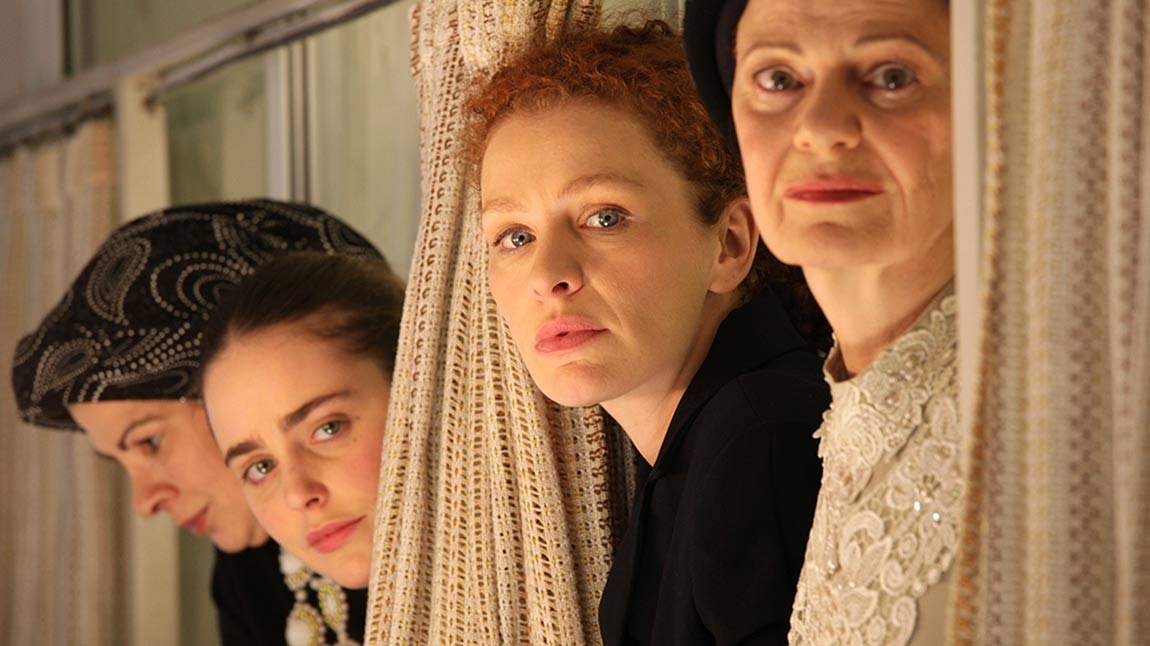Fill the Void
Heartbreak, loss, and agony told through the lens of Israel's most conservative religious sect.
Overview
Few films in recent memory better capture the heartbreak of loss, the agony of indecision or the burden of familial duty than Rama Burshtein’s Fill the Void. A favourite on this year's international festival circuit, including the just now concluded Jewish International Film Festival here in Australia, the picture explores life in Israel’s most conservative religious sect, and one young woman’s choice between independence and obligation.
Fill the Void is set within the confines of the ultra-Orthodox Haredi community of which Burshstein herself is a member. The story concerns the Mendelman’s, a well-off family from Tel Aviv splintered by despair after eldest daughter Esther dies in childbirth. Their grief is compounded when Esther’s devastated widower Yochay (played by Yiftach Klein) declares his intention to remarry abroad, taking the newborn baby Mordechai with him. Believing that the loss of Esther’s child will be too much for the family to bear, Esther’s mother Rivka (Irit Sheleg) attempts to convince Yochay to stay and wed Esther’s 18-year-old sister Shira (Hadas Yaron) instead.
If nothing else, Fill the Void is an intriguing, remarkably immersive look at an intensely private people who are rarely depicted on screen. Duty and religious decorum informs everything in this film, from the most incidental day-to-day practices to decisions of life-changing importance. The world the characters inhabit is also one of deep-seated patriarchy. Yet tellingly it is the film’s female characters, particularly young Shira, that exhibit the greatest internal strength.
Just as the practices of the Haredi community may seem strange and outdated to outsiders, so too does Fill the Void feel like a movie from a different time. Not once are unmarried male and female actors permitted to make physical contact, as such immodest behaviour would not accord with religious law. Yet rather than diminish the film’s emotional power, this restriction works to enhance it. Without overt displays of affection, Burshstein and her cast are forced to rely on more subtle devices. In a moment where two actors in an American production might share a kiss, Klein and Yaron steal a glance. Where other films might contain effusive declarations of passion or anger, Fill the Void leaves feelings unspoken. Klein and Yaron are both phenomenally good, expressing everything with almost nothing.
Burshstein’s cinematography is incredibly intimate, at times almost uncomfortably so. With soft lighting and blurred backgrounds, it often feels as though we’re viewing the film from under the soft, white mesh of a bridal veil; in the same room as Shira and Yochay, yet separate at the same time. We can empathise with their heartache and uncertainty, because such feelings are universal. But we will never fully appreciate the manner in which they experience them.





